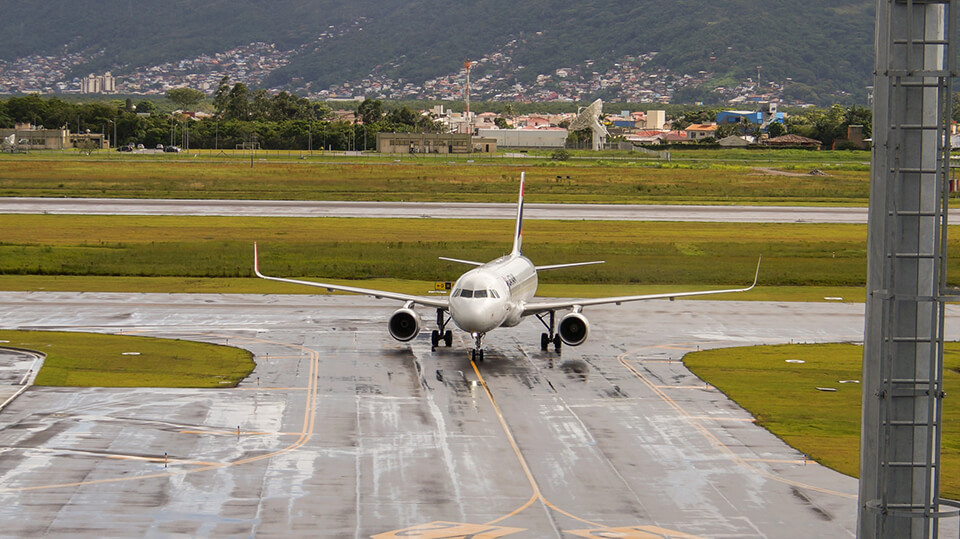- Incentivising Technology Adoption for Accelerating Change in ATM
- Consortium: Nommon (project coordinator), Transport & Mobility Leuven, KTH Royal Institute of Technology and CRIDA.
- 2020 – 2022
- itaca-h2020.eu

The project
ITACA is a research project funded under SESAR 2020 Exploratory Research that sought to accelerate the development, adoption and deployment of new technologies in Air Traffic Management (ATM). To this end, ITACA developed a new set of methodologies and tools that enabled a thorough and comprehensive assessment of policies and regulations aimed at enhancing the uptake of new technologies within ATM. ITACA’s vision is that of a European ATM system that incorporated the most advanced technologies in a dynamic and agile way, driving continuous innovation, delivering enhanced performance, and adapting to changing market needs.
Goals
The project aimed to shed light on the drivers and barriers for the adoption of new technologies in ATM, with the ultimate goal of supporting the identification, formulation and implementation of policies and regulations that accelerate ATM modernisation. The specific objectives of the project were the following:
- Identify the main drivers and barriers for technological change in ATM and devise a set of policy measures and regulatory changes with the potential to lower such barriers and incentivise faster technology upgrade.
- Develop an agent-based model of the R&I lifecycle allowing the representation of the complex decisions and interactions between ATM stakeholders and their impact on the development and implementation of new technologies.
- Validate the behavioural assumptions of the agent-based model through a set of participatory simulation experiments involving the direct participation of ATM stakeholders.
- Demonstrate and evaluate the potential of the newly developed methods and tools through a set of policy assessment exercises to assess the impact of a variety of policies and regulatory changes aimed at accelerating technology adoption in ATM, with particular focus on the distributional effects of the proposed policies across ATM stakeholders and society at large.
- Consolidate the methods, tools and lessons learnt into a coherent policy assessment framework and a set of policy recommendations, and provide guidelines for the future maintenance, evolution and use of the proposed framework.
Nommon’s role
As project coordinator, Nommon managed and supervised the project’s consortium in their research activities. Taking advantage of its previous expertise in ATM performance models, Nommon also led the development of the agent-based simulation toolset employed for the analysis and benchmarking of potential policy options. This simulation model, coupled with an interactive visualisation module, helps explore the impact of different policy options on a wide range of parameters and indicators. The tool enables efficient coordination between policy makers, like the European Commission, and promoters of new technologies, like SESAR 3 JU.
Results
The results of the research conducted in the ITACA project led to the following recommendations for policy makers:
- The need for a smart combination of policies: there is no policy that by itself improves the three key performance areas considered (technology adoption, economic performance and operational efficiency). However, a combination of economic incentives (e.g. flexible charging regulations, subsidies…) and enforcement through mandates provides the best results on the economic and operational outcomes. The ITACA framework can help optimise the design of such policies.
- The heterogeneous impact of a policy across stakeholders may lead to worse results than a do-nothing policy: a clear example is the best-equipped best-served policy (which provides better ANSP services or lower ANSP charges to airlines that equip new technologies); while it provides the right incentives for airlines, it could be detrimental for ANSPs if not accompanied by other compensation policies, lowering the resulting levels of technology adoption and the social welfare with respect to the do-nothing scenario.
- The importance of regulating ANSPs charges: regulation of navigation fees is crucial to prevent the natural monopoly of ATM from imposing excessively high charges on airlines. However, a very strict limitation of air navigation charges may hamper the investment in new technology if it prevents ANSPs from recovering investment costs in a reasonable payback period. Regulation should be flexible enough to allow ANSPs to make a fair profit that justifies the investment.
- The importance of rigorous, comprehensive and credible cost-benefit analysis: the outcome of specific policy combinations is highly sensitive to the benefits and costs of the technology under study. The cost-benefit analysis (CBA) of new technologies is an essential input to design an optimal policy mix. For many SESAR solutions, CBA documentation is either not available or incomplete. Policy assessment frameworks like the one developed by ITACA would be much more robust if SESAR technologies were systematically the subject of a comprehensive CBA and this CBA were publicly available. The same problem affects stakeholders’ decisions, slowing down the adoption of new ATM solutions.
- The ‘master key’ stakeholder: when the main investor is not the main beneficiary, policies should focus on accelerating the adoption by this key stakeholder, since the other stakeholders, with lower implementation effort, are more likely to follow their lead (e.g., airports that deploy A-CDM, where airlines benefit with little or no effort).

This project received funding from the SESAR Joint Undertaking (SJU) under grant agreement Nº 893443. The SJU receives support from the European Union’s Horizon 2020 Research and Innovation Programme and the SESAR JU members other than the Union.
